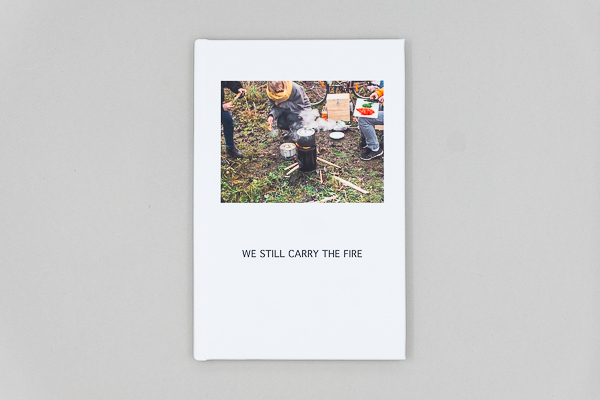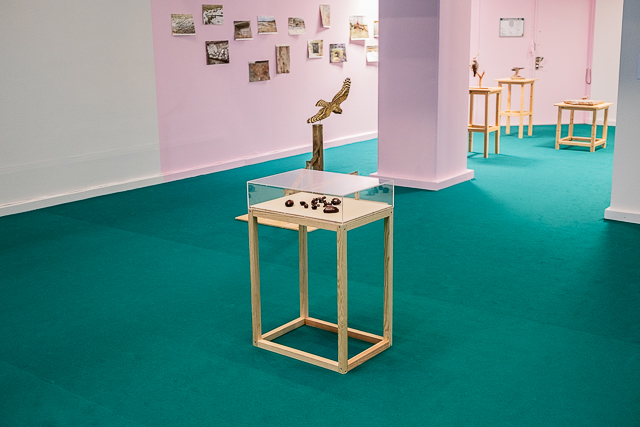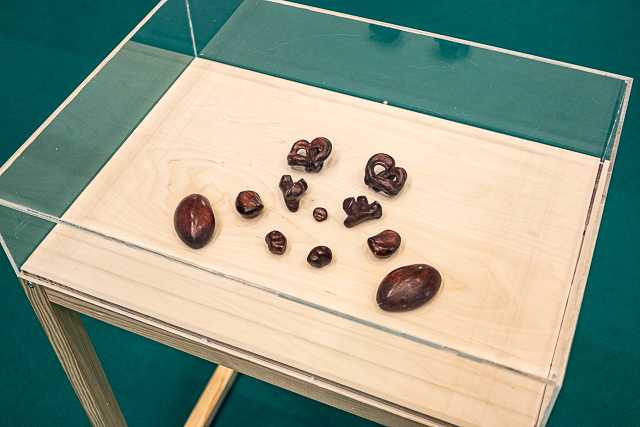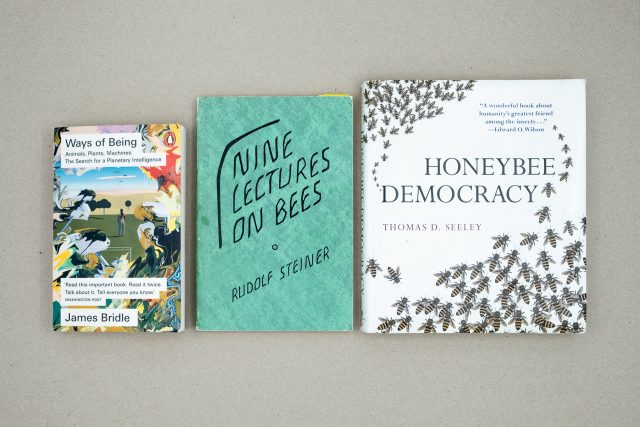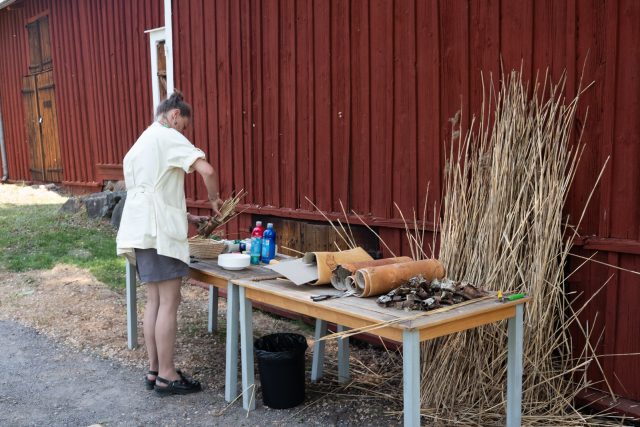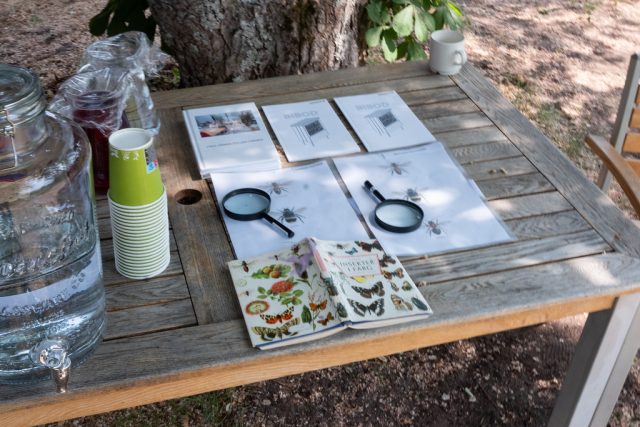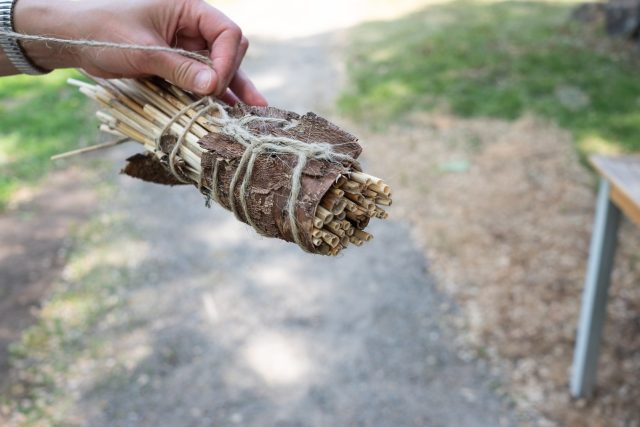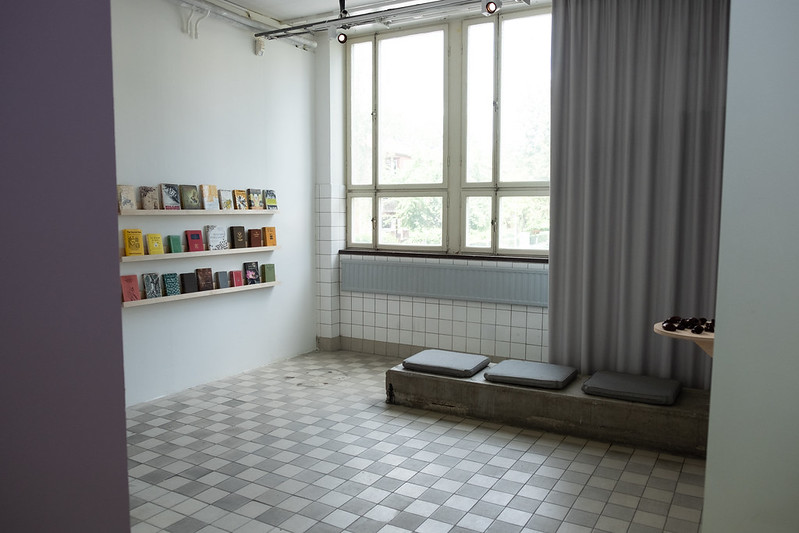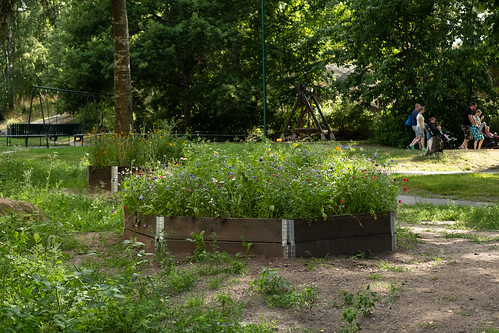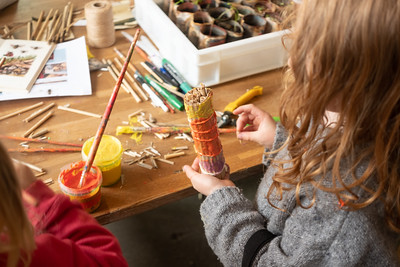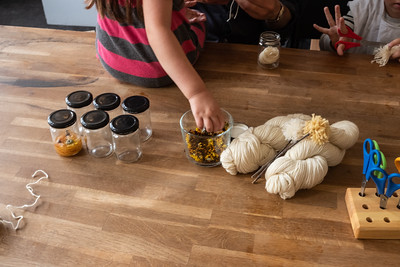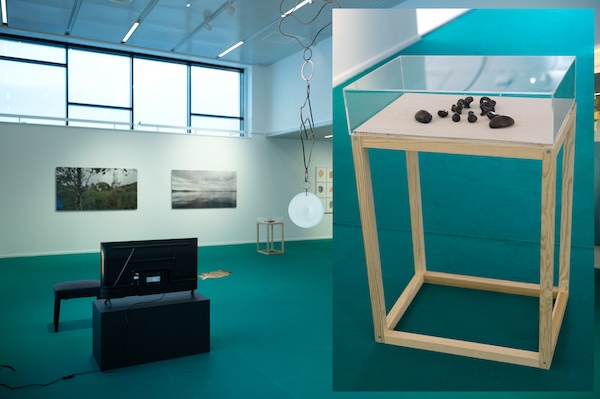
The Observatory: Art and Life in the Critical Zone revolves around the intricate relationships among humans, animals, plants, earth material, and other forms of life. The exhibition brings together a collection of new and existing artworks by twenty-six artists who, in diverse ways, actively engage with the multifaceted elements present in the “critical zone.” These elements encompass a wide range, spanning from earthworms and oil birds to imagined beach creatures and resilient potatoes, from indigenous landscapes and micro-territories to rainwater and archives of rural-based alternative communities across Europe and West Asia. The artists have employed painting, drawing, video, sculpture, performance, workshops, agriculture, and other means of expression, which will co-exist in a dynamic display at Kin Museum of Contemporary Art from 15/02 2024 to 15/09 2024.
Artist and researcher Erik Sjödin contributes to the exhibition with the work “Honeybee Brain Model”. “Honeybee Brain Model” is part of an ongoing investigation into similarities and differences between the brains of honeybees and humans. The honeybee brain has a volume of approximately one cubic millimetre and contains about one million neurons. The human brain, in comparison, is more than one million times larger in volume and has almost one hundred thousand times more neurons. Despite its minuscule brain, the honeybee exhibits complex and rich individual and social behaviour, in many ways similar to humans.
The honeybee brain model presented in the exhibition is a physical representation of “Honeybee Standard Brain”, a digital model assembled by the Menzel Group at Freie Universität Berlin from images of honeybee brains taken with confocal microscope. The 3D-printed and hand-painted model is presented in parts, similar to a puzzle. It is not intended as an accurate and complete scientific model, but as an abstract and open-ended entry point into questions about cognition and consciousness in bees, humans, and other beings.
